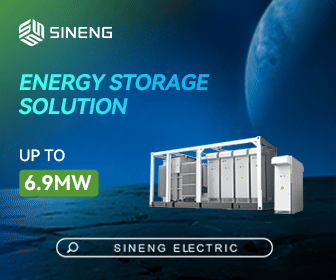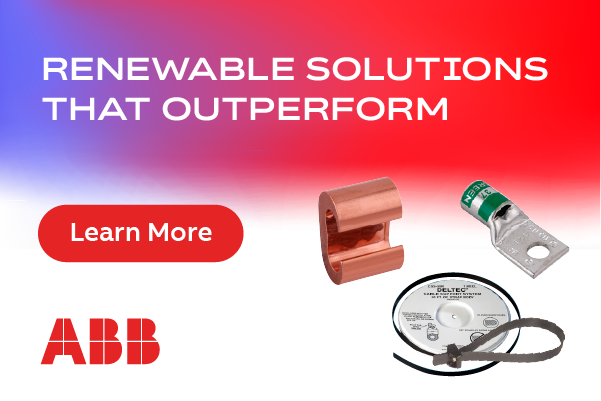Battery Swapping Not the key to unlocking the EV transition
Battery swapping, the process of exchanging an empty/discharged battery for a fully charged one, is neither a novel concept, nor one that is exclusive to electric vehicles. For many years, the discourse surrounding battery swapping has come and gone intermittently, with each new iteration offering no more feasibility than the last.
Proponents of battery swapping point to the fact that it results in less battery degradation, as batteries can be charged more slowly and efficiently at off-peak times.
In addition, the process of battery swapping is less time consuming than recharging batteries – the entirety of the process can often be completed in less than five minutes.
In comparison, current charging stations can take close to 30 minutes for a full charge; this is not a feasible solution for a market aimed at professional consumers who often have time constraints. In order to truly move toward widespread EV adoption, we must make the transition as seamless as possible, including battery innovations that will reduce charging times to levels commensurate with the time it takes to fill an internal combustion engine (ICE) car with gas. It should be noted that there are currently some companies that are attempting to commercialize a “fast-charging” lithium-ion battery with a silicon-based anode. However, these solutions are in early development, and often come at the cost of other desired performance characteristics, such as range and cycle-life.
Battery swapping stations are expensive to build, require large spaces to operate, and would require standardization of model designs to achieve widespread adoption. Furthermore, current estimates of electric vehicle range indicate that a multitude of one-time-use batteries would be needed per year for just a single EV owner. Consequently, batteries would have to be perpetually produced. This is simply unsustainable, as battery materials are finite.
Problems with lithium supply
According to the International Energy Agency (IEA), global lithium supply could face shortages by the year 2025. Given that global battery material market size is projected to grow at a compound annual growth rate of 15.8 percent (to reach 120.4 billion by 2027), it stands to reason that the transition from fossil fuels will cause shortages of the essential metals needed for electric vehicles.
Recent legislation, such as the Inflation Reduction Act of 2022, which prioritizes the reduction of GHG emissions, will further incentivize the production of electric vehicles, subsequently exacerbating battery material shortages. In order to meet this increasingly high demand for lithium-ion batteries, additional lithium, cobalt, nickel, and graphite will have to be sourced to produce the battery cathodes and anodes. It’s not just the total volumes of critical materials that are of concern, but also the localization of these materials (in particular countries) that could have an adverse effect on the stability of the supply chain.
Cost of Production (land & price)
The cost of assembling battery swapping stations is capital intensive; it requires more land than is needed for charging stations (often the size of a carwash or several parking spaces), as well as advanced robotics, and safe storage conditions for a multitude of batteries. In the long term, battery swapping stations could prove exponentially more expensive than battery charging stations, especially when you factor in transportation costs to deliver batteries to multiple sites, which could scupper a large part of a company’s return on investment.
Standardization/adoption
For widespread adoption of battery swapping to become feasible, EV makers would have to standardize battery designs to allow for some level of interoperability. As it currently stands, it’s like attempting to swap your empty Apple battery with a fully charged Android battery. However, the sharing of information and proprietary technology in such a competitive market is easier said than done. Even if information sharing and transparency was achieved, testing and compliance for compatibility adherence would prove costly and time consuming. The alternative is for every EV maker to construct their own respective swapping stations – a clear hindrance to scale and mass adoption. Moreover, the current state of lithium-ion battery development for electric vehicles is considered, in many ways, to still be in early R&D stages, such that expectations for any kind of rapid standardization are unrealistic.
The Solution
While increasing percentages of EV adoption will require larger volumes of raw materials for the lithium-ion batteries found in these vehicles, we can significantly lessen the demand for more materials by focusing on obtaining more performance from the materials we are already using. Advancements in lithium-ion technology that are aimed at increasing life cycle and range are key to the energy/EV transition.
One way to achieve this is through the use of silicon-based anodes. The main components of lithium-ion batteries are current collectors, anodes, cathodes, separators, and electrolytes. For a long time, much of the scientific advances of the lithium-ion battery has focused on cathodes. More recently, alternate anodes have been explored. Traditionally, anodes have been graphite (a particular form of carbon), but silicon is increasingly being viewed as the next logical evolutionary step in battery anode chemistry. This is due, in part, to the fact that silicon theoretically has ten times the charge capacity over traditional graphite anodes, and can be found in abundance.
Despite silicon’s tremendous increase in charge capacity over graphite, its implementation has been difficult, mainly due to a lack of mechanical integrity, poor cycling stability, and poor conductivity. However, there has been top-notch study and understanding in the industry of all of these factors, and many solutions have been proposed.
Repeated expansion and contraction upon lithiation and delithiation can cause individual silicon particles to disintegrate, losing contact with the current collector. Using a unique nanostructured silicon active anode material with an engineered SEI, however, will significantly lessen the need for specialized electrolyte additives and pre-lithiation.
Silicon has a great capacity but poor diffusivity. One way to actively address these problems is through the use of unique structures and active anode formulations that will incorporate nano-sized length scales, appropriate use of carbon sources, and an SEI layer that can better withstand the typical formation and degradation that occurs with current silicon anode particles.
Conclusion
The key to the energy transition is maximizing the potential of an already rapidly depleting lithium and battery material supply. Rather than constantly producing batteries to be exchanged, we should instead focus on and invest in technologies that will enable batteries to charge faster, retain more energy, and last much longer.
.jpg) Dr. Michelle Tokarz, PhD, is VP of Partnerships & Innovation at The Coretec Group, which is working to engineer silicon to power tomorrow’s cleantech and emerging technology markets.
Dr. Michelle Tokarz, PhD, is VP of Partnerships & Innovation at The Coretec Group, which is working to engineer silicon to power tomorrow’s cleantech and emerging technology markets.
The Coretec Group | thecoretecgroup.com
Author: Dr. Michelle Tokarz, PhD









